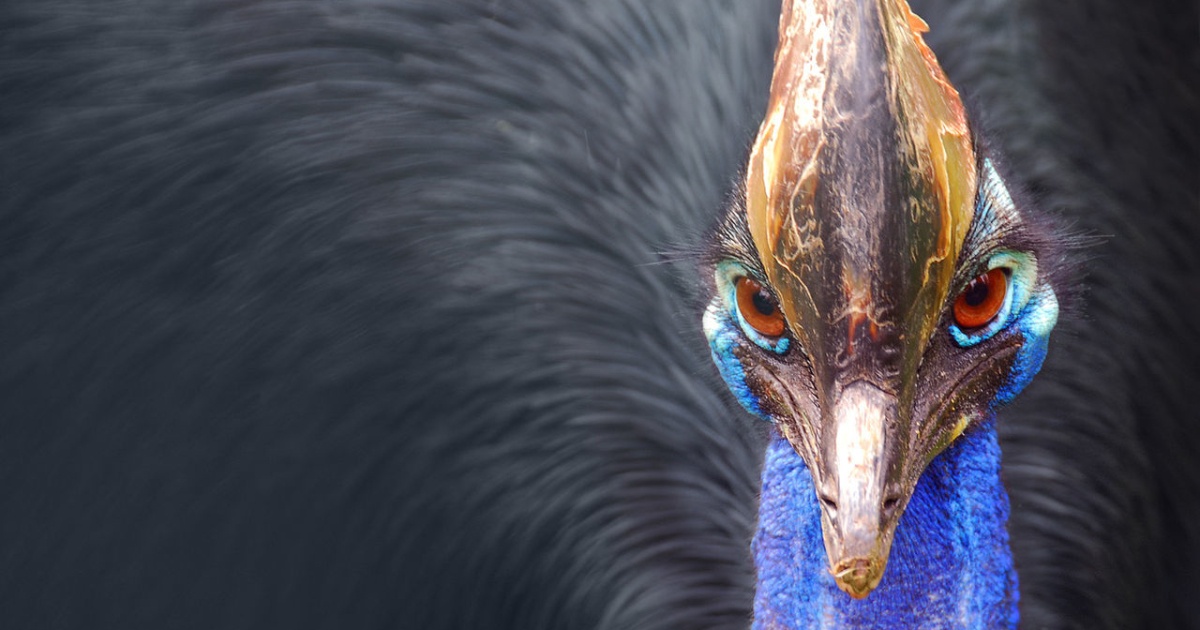
Visitors to a beach in Bingill Bay on Australia’s east coast were shocked on Halloween when a sinister dark figure splashed around in the water. Observers initially thought it was a shark fin or possibly a turtle. But when the creature appeared, it became clear that it was something completely different: a young casuarina, widely known as the most dangerous bird in the world.
Casuarinas are known for their prehistoric appearance, height, strong legs, and clawed paws that can cause serious damage. Flightless birds are quite cautious of people and are unlikely to attack unless provoked.
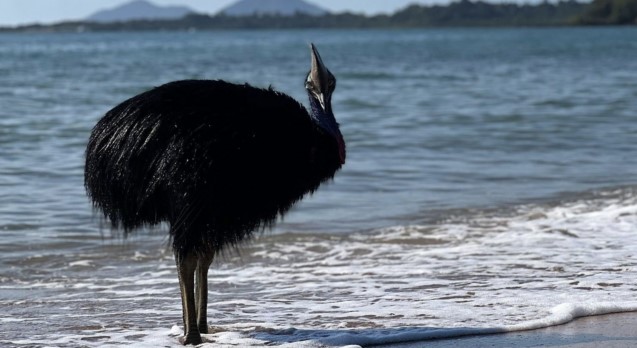
Seeing a southern casuarinas (Casuarius casuarius johnsonii) in the water came as a surprise, as many people do not realize that casuarinas can swim.
“Casuarinas can swim and will go to the water to swim from one side of the river to the other, or if they feel threatened by domestic dogs or another casuarina due to a territorial dispute,” said wildlife officer Stephen Clough of the Queensland Parks and Wildlife Service. (QPWS), the press release explains.
“We’re not sure how long this animal was in the water or why it went swimming, but the footage is impressive.”
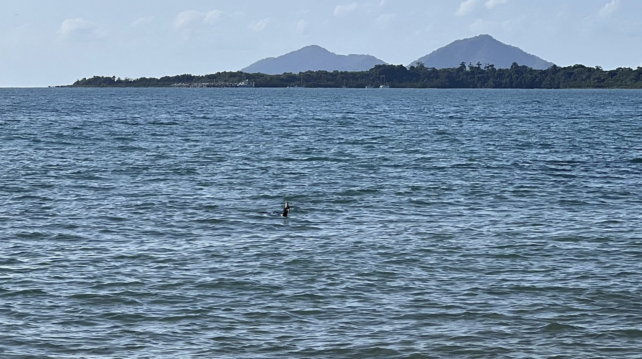
According to Bingil Bay campground owner Nikita McDowell, the bird was swimming about 200 meters (656 feet) from the shore.
“I ran down and waited for the casuarina to come out of the ocean, and it must have been exhausted because it stood in the shade under a tree shaking its legs for about half an hour,” McDowell said.
“It may have entered the ocean off southern Mission Beach and was picked up by the current or a rip and carried to Binghamton Bay,” she added.
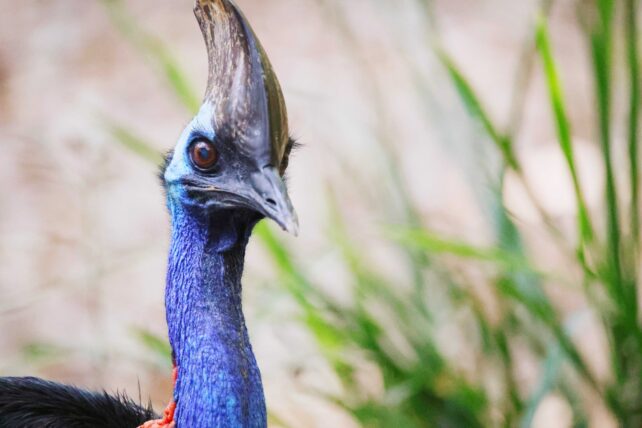
Bingill Bay is located north of Mission Beach in tropical northern Queensland, and the region is often referred to as the “Casuarina Coast”. Traditional landowners call this area the Land of Jiru and refer to the Kazuar as a gunda. This bird is an important species for Australia’s first peoples and plays a key role in the reproduction of rainforest trees, some of which will not germinate until they pass through the digestive system of a large herbivore.
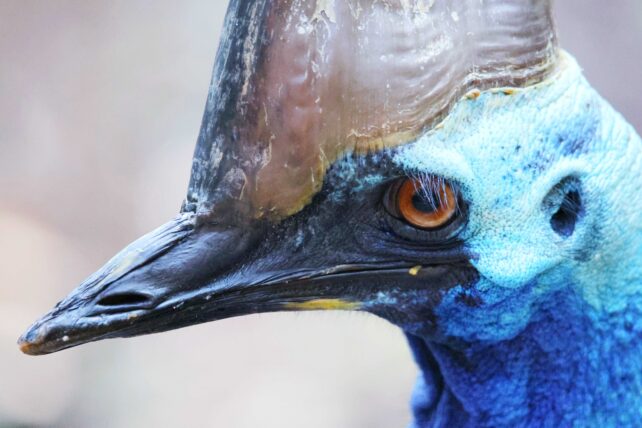
Unfortunately, there are only about 4000 kazoos left in Queensland today, and this population is listed as endangered under the Conservation Act 1992.
The birds are threatened by vehicle collisions and dog attacks, so visitors to the area, which is located north of Mission Beach in tropical northern Queensland, are advised to never approach the birds and give them plenty of space.
“This rare sighting and the lucky escape of the casuarina is a reminder that we must all do our part to protect and preserve the species,” Clough said.
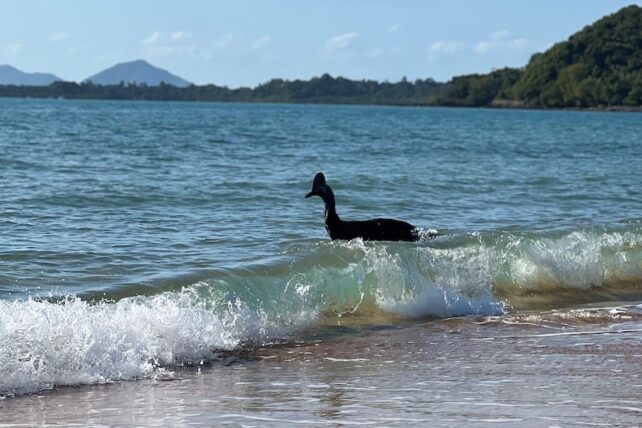
So are casuarinas really that dangerous? Along with ostriches, they are one of only two bird species known to have caused human death through physical attack.
A review of casuarinas attacks published in 2006 in the Journal of Zoology reviewed 221 observed casuarinas attacks, of which 150 were against humans.
A staggering 75 percent of these attacks were the result of people feeding the birds (which they were not advised to do). Just over 70 percent of the time, the birds attacked, and they used their talons in only 15 percent of the attacks.
So if you’re lucky enough to come face to face with one of these beauties, remember not to approach it or try to feed it. Especially if there are eggs or chickens nearby! Slowly step back and try to put a backpack or other object between you and the bird, advises the Department of Environmental Protection and Science.

